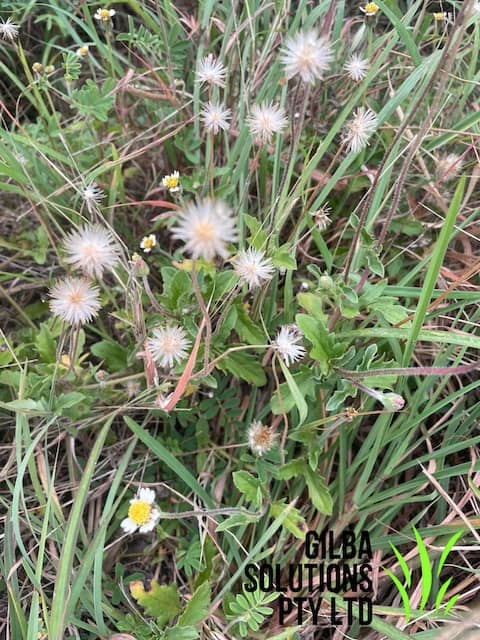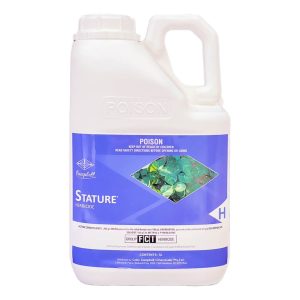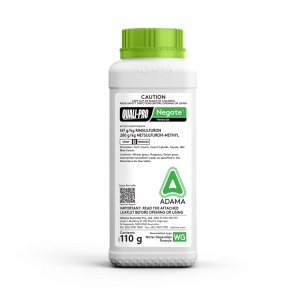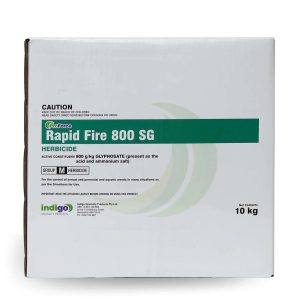Tridax Daisy (Tridax procumbens).
- Identify Tridax procumbens, Coat Buttons or the Mexican Daisy.
- Know the habitat of the Tridax Daisy or Coat Buttons.
- Know the best options to control Coat Buttons or the Mexican Daisy.
Why is Tridax Daisy a Problem Weed?
- Tridax procumbens spreads rapidly via its wind-dispersed seeds. One plant produces up to 1500 seeds.
- Coat Buttons forms dense stands, which choke out other plants.
- In QLD it can germinate all year round, which makes it difficult to control.
- Some populations of Tridax Daisy have Glyphosate resistance.
- Once it establishes, Mexican Daisy is difficult to control, especially in areas with disturbed soils or thin lawns.
- Tridax procumbens is allelopathic.
- It is a host to several crop pests, including root-knot nematodes.
Tridax Daisy is an introduced tropical to subtropical plant that has become a widespread weed and pest plant. Tridax procumbens is found in Australia in NSW North of Tweed Heads, and in QLD, NT and W.A.
How to Identify the Tridax Daisy.
Coat Buttons or the Mexican Daisy is at first prostrate, and then as it matures it becomes erect. It then forms patches, up to 50 cm in diameter.
Photosynthetic Patchway: Tridax Daisy is a C3 weed.
Category: Broadleaf (Dicot).
Flower: Tridax Daisy has daisy-like white or yellow flowers with yellow centres and three- toothed ray florets. They are 1 to 1.5 cm wide, and on a 10 to 30 cm long stalk. It flowers in the Spring.
Height: It is 20 to 30 cm high.
Leaf length: Tridax procumbens has thick, soft, dark green leaves that have a strongly irregular serrated margin. The leaves of Tridax Daisy are opposite, simple, have dense hairs, and are 2.5 to 6 cm long.
Leaf width: Its leaves are 2 to 5 cm wide.
Reproduction of the Tridax Daisy:
- The Mexican Daisy reproduces by seed, but also propagates through cuttings. Wind disperses the seed, and being sticky it enables them to stick to the hairs of animals or onto clothes.
- The fruit is a hard achene which has a cover of stiff hairs and a feathery, plume like white pappus at one end.
- It does not emerge from depths greater than 3 cm.
- The optimum temperature for germination is around 11°C for buried seeds and 27°C for surface seeds.
- In QLD it can germinate all year round.
- It reaches maturity in less than a year.
- Some seeds persist in a seed bank beyond 1 year.
Comments:
- Both the upper and lower leaf surfaces of the Tridax Daisy have a cover of close-lying hairs, but as it matures it loses the upper leaf hairs.
- Coat Buttons tends to behave as a perennial when you mow it regularly, and favours coarse textured soils and hot, humid conditions.
- A good way to identify Tridax procumbens is its cover of erect stiff hairs. You find more of these at the top of the plant and they are more scattered towards the base.
- It has a strong taproot.
Habitat: The Tridax Daisy is a weed, of croplands, lawns, disturbed areas, and roadsides.
Tridax procumbens is a good soil indicator weed of disturbed soils, and thin lawns.
For more information check out our weed ID Chart.
How to Control Tridax Daisy.
You can control Coat Buttons or Mexican Daisy by cultural and chemical means.
Cultural Control of Tridax Daisy.
- Unlike many other weeds Tridax procumbens is not the best when it comes to regrowing, and so it can be easily controlled by hand weeding.
- When you hand weed make sure that you remove the entire plant. This includes the underground growing point called the crown, to prevent regrowth.
- Establish and maintain a healthy, turf cover to outcompete Tridax Daisy.
- For larger infestations, mowing can be effective to reduce flowering and seed set. This reduces its spread by seeds
- Be aware of seed dispersal when you hand remove or mow off plants, and dispose of plant material properly to prevent further spread.
Biological Control.
Two pathogenic fungi, Phoma multirostrata and Colletotrichum siamense, are being explored as potential biocontrol agents for the management of the Tridax Daisy in Thailand (Jongsareejit et al., 2020; Srisuksam et al., 2022).
Both of these fungi are highly effective in laboratory and greenhouse trials. However, further studies are required before these pathogens can be used as bio-herbicides.
Chemical Control of the Tridax Daisy.
There are several post emergent options to control Coat Buttons. When found in turf most members of the daisy family can be effectively controlled with a selective broadleaf herbicide.
Prevention of seed germination can be accomplished with a pre-emergent herbicide.
Post Emergent Herbicides for Tridax Daisy.
- 2,4-D.
- Quali-Pro Negate (only warm season turf).
- Warhead Trio.
- Campbells Stature (not on home lawns).
Table of Post emergents to Control Tridax Daisy.
Product | Active | Chemical Group | Rate/Ha | Comments |
2,4 D Amine | 2,4-D | 4 | 1.8 L | Spray seedling or young stages only. |
Contra M. | Dicamba + MCPA | 4 | 6.5 L | Apply in 250-400L water. DO NOT use on Buffalo grass. After use do not mow for 2 days before or after application or fertilize within two |
Negate. | Rimsulfuron + Metsulfuron-methyl | 2 | 110 g | Apply to growing weeds and not to stressed weeds. |
Stature | MCPA + Bromoxynil + Diflufenican | 4 + 6 + 12 | 2 L | Apply to actively growing weeds. Complete control may take 4 to 6 weeks. A repeat application maybe needed in 4 to 6 weeks. Use a surfactant for difficult to wet weeds. Apply in 200 to 500 L of water. Transient discolouration may occur up to 21 days following application. |
Warhead | MCPA + Clopyralid + Diflufenican | 4 + 12 | 5 L | You may see discolouration on kikuyu, carpet grass and Queensland blue. Avoid overlapping. Use an NIS. |
Weed Blast MA. | Bromoxynil + MCPA | 6 + 4 | 3-6 L | Apply in a minimum of 500L/Ha water. DO NOT mow for 2 days after treatment. |
Non Selective Control of Tridax Daisy.
Do not use any of these on lawns or turf areas to selectively remove Mexican Daisy.
- Glufosinate-ammonium provides control for 4 to 6 weeks, but it regrows and recovers due to the limited movement of glufosinate.
- Glyphosate. You can use Glyphosate but if water quality is an issue then use ProForce Manta Ray.
These are non-selective but also have a long term residual and stop any re-growth of Mexican Daisy.
- Renegade. Renegade stops germination of Coat Buttons for up to 12 months. This reduces the need for multiple herbicide applications.
- Numchuk Quad. This gives post and pre emergent Tridax procumbens control for up to 12 months.
- Cortex Duo. Cortex Duo gives a rapid knockdown of Tridax Daisy, and residual control for up to 3 months. It is also safe to use around trees.
Table of Non Selective Herbicides for Tridax Daisy.
Product | Active | Chemical Group | Rate/Ha |
Glufosinate 200 | Glufosinate-ammonium | 10 | 1-6L |
Rapid Fire 800 | Glyphosate | 9 | 0.9-1.35 Kg |
Numchuk Quad | Terbuthylazine + Glyphosate + Amitrole Oxyfluorfen | 5 + 9 + 34 + 14 | 20-25L |
Cortex Duo | Nonanoic Acid + Oxyfluorfen | 14 | 7L/1000L |
Renegade | Bromacil | 5 | 3.5-6.5Kg |










